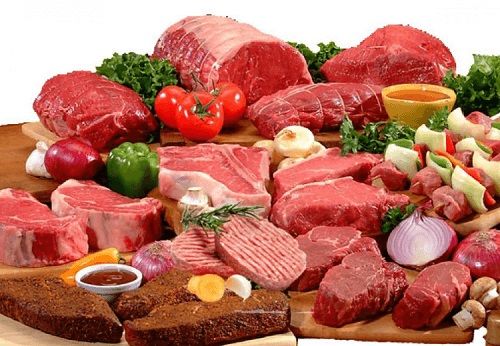
What to expect from meat prices in South Africa heading to December
Meat prices in South Africa have been driving food inflation in 2022, with a mix of local and international factors playing a role.
According to the Bureau for Food and Agricultural Policy (BFAP), meat prices in the country are expected to remain elevated leading into the end of the year, largely thanks to the weaker rand.
“As one considers how prices might evolve over the rest of the year, the management of disease outbreaks will be a major determinant, along with seasonal demand dynamics, feed price trends and the evolution of the Rand exchange rate,” it said.
“Global prices seem to have peaked, but domestic prices continue to rise as continued depreciation in the exchange rate has more than offset international declines in recent months.”
In an analysis of meat price trends over 2022, the BFAP showed that local prices had tracked the UN’s Food and Agriculture Organization food price index, lagging by a few months.
The FAO meat price index – a combined measure of meat prices globally – peaked in June 2022, 14% higher than June 2021 and 33% above June 2020 levels.
Within that, the various meat types have diverged – as lamb and mutton prices have been declining steadily since November 2021. In contrast, pork prices rose in September 2022 after bottoming out in January 2022.
While beef prices have declined steadily since March 2022, the poultry price index increased by a staggering 25% over the four months from February 2022 to June 2022, the BFAP said.
“This is a result of supply constraints in the global market, emanating from high feed costs over the past year, the ongoing war in Ukraine, as well as the spread of Avian Influenza across the Northern Hemisphere. In Europe, the 2021-22 season produced the largest epidemic observed to date, and positive cases have also been detected in the USA and Mexico.”
Locally, these international price movements have spilt over into the South African market but have been further amplified by ad valorem tariffs ranging from 0% to 82% on the foods.
For bone-in portions, which comprise around 35% of South Africa’s poultry imports and compete with Individually Quick Frozen (IQF) portions that form the bulk of South Africa’s market, the rate is 62%.
However, it’s the sharp depreciation of the rand that has added to the cost of imported products, while increased transportation costs due to rising fuel prices have exacerbated the issue.
“Domestically, high feed costs have also constrained profit margins, despite higher prices,” the BFAP said.
Looking specifically at beef, the BFAP noted that South African beef carcass prices increased by almost 8% from February 2022 to September 2022, reflecting a 15% depreciation in the exchange rate, high feed costs and domestic supply constraints.
It said that Slaughter volumes over the first nine months of 2022 remain 1% below the comparable period for 2020 and 2021 and almost 5% below the comparable period in 2019 (pre-Covid).
“South Africa remains in a herd rebuilding phase following various drought periods since 2016,” it said.
The country has also lifted a recent 21-day ban on the movement of cattle, which means that additional supply could enter the market in the coming months. However, the BFAP warned that seasonal demand for meat typically increases in December, so the impact on pricing remains to be seen.
Amongst the various food groups contributing to inflation, meat is the largest at 32%and therefore, while the price of meat has not increased to the same extent as vegetable oil, breads and cereals, it has been a significant driver of rising food inflation in South Africa.
News Category
- International retailers
- On the move
- Awards and achievements
- Legislation
- Wine and liquor
- Africa
- Going green
- Supplier news
- Research tools
- Retailer trading results
- Supply chain
- Innovation and technology
- Economic factors
- Crime and security
- Store Openings
- Marketing and Promotions
- Social Responsibility
- Brand Press Office
Related Articles

Empowering South African households through gro...

SPAR shares practical tips to beat food inflation

South African motorists could be paying up to R...

Big VAT changes on the cards


